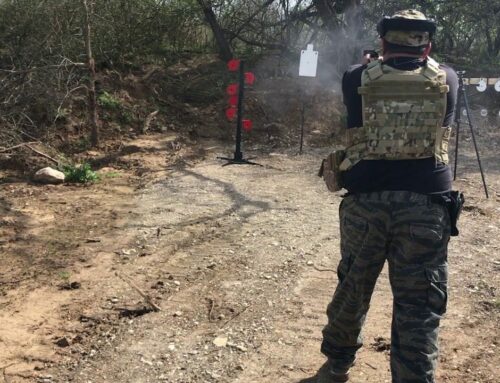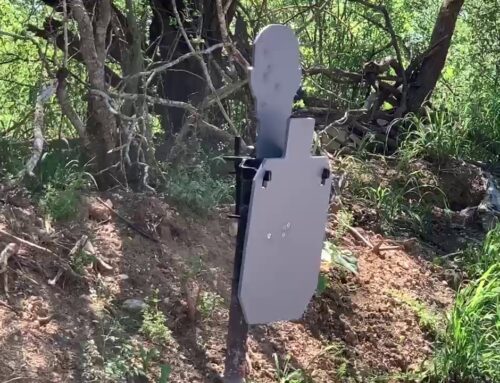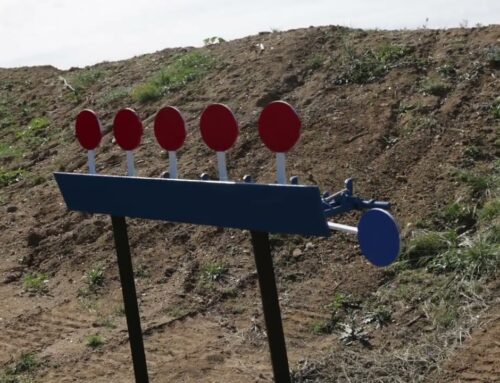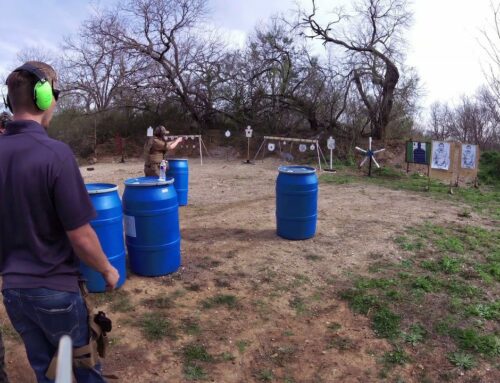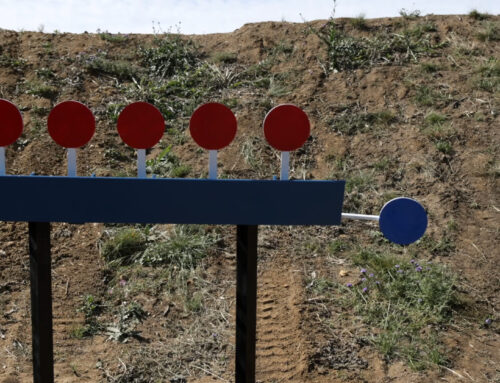Shooting Sports for Kids: Fostering Safety and Skill Development
Shooting sports, often associated with precision, discipline, and focus, might not be the first activity that comes to mind when thinking about children’s recreational pursuits. However, when introduced safely and responsibly, shooting sports can offer a host of benefits for young enthusiasts. In this article, we’ll explore the advantages of involving kids in shooting sports and provide guidance on ensuring their safety while nurturing their skill development.
The Benefits of Shooting Sports for Kids
1. Safety Awareness:
Shooting sports instill a deep sense of safety awareness in children. Learning how to handle firearms or bows under strict supervision teaches them the importance of following safety rules and protocols.
2. Discipline and Responsibility:
Shooting sports require discipline and responsibility. Young shooters learn to respect rules, equipment, and others on the range, which translates to a sense of responsibility in other aspects of their lives.
3. Improved Concentration:
Shooting demands concentration and focus. Kids involved in shooting sports often experience improvements in their ability to concentrate on tasks, both in and out of school.
4. Hand-Eye Coordination:
Shooting sports enhance hand-eye coordination as young participants learn to aim accurately and make precise movements.
5. Self-Confidence:
Achieving success in shooting sports boosts self-confidence and self-esteem, as children see their skills improve through practice and dedication.
6. Respect for Nature:
Many shooting sports involve outdoor activities like archery or hunting. These experiences foster a deeper appreciation for nature and wildlife.
Safety Measures and Training for Young Enthusiasts
1. Start with Education:
Begin by educating children about the fundamental rules of firearms or archery safety. Emphasize the importance of never pointing a firearm or bow at anything they do not intend to shoot.
2. Supervision is Key:
Young shooters should always be under the direct supervision of a responsible adult who is experienced in shooting sports. Ensure that the adult is well-versed in safety protocols.
3. Proper Equipment:
Provide age-appropriate firearms or bows that are comfortable for the child to handle. Ensure that the equipment is well-maintained and in good working condition.
4. Safety Gear:
Children should wear appropriate safety gear, including ear protection, eye protection, and, if necessary, protective clothing.
5. Range Safety Rules:
Teach kids to respect and follow range safety rules. This includes keeping firearms or bows unloaded until ready to shoot and always treating every firearm or bow as if it were loaded.
6. Start Small:
Begin with simple and manageable targets at close distances to build confidence and familiarity with the equipment.
7. Positive Reinforcement:
Encourage and praise safe behavior and responsible handling of firearms or bows. Positive reinforcement goes a long way in reinforcing good habits.
8. Regular Safety Drills:
Conduct regular safety drills to ensure that children are prepared to handle emergencies or unexpected situations.
9. Age-Appropriate Training:
Enroll children in age-appropriate shooting sports programs or classes led by qualified instructors who specialize in teaching young shooters.
10. Communication:
Keep an open line of communication with your child about their experiences, concerns, and questions related to shooting sports.
In conclusion, introducing children to shooting sports, when done safely and responsibly, can have numerous positive effects on their development. It fosters safety awareness, discipline, concentration, and self-confidence. By adhering to strict safety measures, providing proper training, and instilling respect for firearms or bows, we can ensure that young enthusiasts experience the joys of shooting sports while staying safe. Ultimately, it’s about nurturing a lifelong passion for a sport that encourages responsibility, respect, and skill development.



